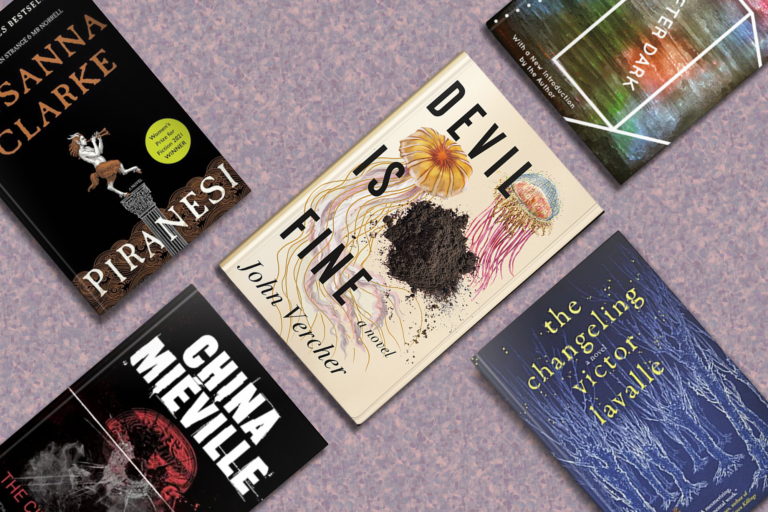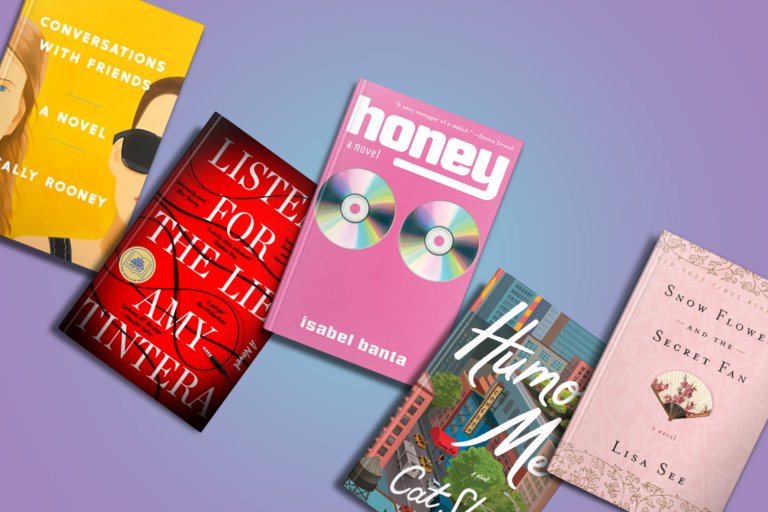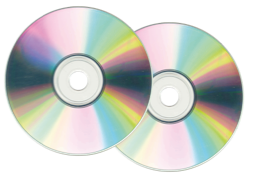
“Our stories are out there — and they deserve to be told.”
By Brandon Miller
The case of Richard W. Rogers — sometimes known as “the Last Call Killer” — isn’t exactly well known, even if you’re someone who, like me, spends far too much time on Wikipedia researching true crime. But why is that? Why do some murderers gain more notoriety than others? Why do we hear about some sadistic villains over and over while others are rarely mentioned in the media? Oftentimes it’s because of the way we weigh human lives: Some lives are seen as more expendable, less worthy of respect, and thus less in need of remembrance. This was certainly the case with Rogers’s victims
Rogers targeted men in New York’s gay community in the 1980s and ’90s and claimed at least four lives. Yet because of New York City’s staggeringly high crime rates, the growing AIDS epidemic, and the sexuality of his victims, the murders were sparingly covered by the media at the time. In fact, Rogers’s crimes and the lives that he cut short have been nearly forgotten. Author Elon Green seeks to change that with his latest work. In Last Call: A True Story of Love, Lust, and Murder in Queer New York, Green explores not only the brutal crimes committed against gay men but the wall of silence and indifference that the gay community faced in the wake of Rogers’s crimes. It’s a sadly familiar story for queer people, who are used to having their histories erased and their issues ignored, decontextualized, or mocked.
To grow up LGBTQ is isolating. Many of us look to the media for resources on queerness, but the media regularly fails us. Indeed, for most of history, mainstream media would have you believe that queer people didn’t exist. So many wonderfully brave and resilient queer folks have roamed this earth, yet we know very little about their lived experiences. Historically, when we have been written about or shown on screen, it’s often been through a heteronormative lens and/or in an ornamental way.
Growing up, the first explicitly gay character I remember is Matt from Melrose Place. I adored the show, despite being too young to be in its target demo. Yet Matt wasn’t allowed to have a real queer life on Melrose Place. Heck, the network wouldn’t even show him kiss another man in the 1994 episode “Til Death Do Us Part.”
Even today, while some preach equality, not all queer people are given a voice. Our stories, when told, are often not sold to mainstream audiences. Our lives are not celebrated. We’re muted. And when it comes to queer people who hold other marginalized identities, the erasure continues. But our stories are out there — and they deserve to be told. In the books below, they are.

Last Call: A True Story of Love, Lust, and Murder in Queer New York by Elon Green
Elon Green shines a sobering light on the case of Richard W. Rogers, a Staten Island nurse who in the 1980s and ’90s preyed on queer men he met in New York City–area piano bars. It’s the kind of crime spree that should have sparked widespread outrage. Instead, the murders committed by the Last Call Killer were largely ignored.
But this is our history — not just queer history, American history. The victims deserve to be remembered. Green’s enthralling new true crime book retraces the investigation into a dangerous killer who murdered multiple gay men yet evaded capture for decades. It also remembers the lives of those he killed and celebrates the resiliency and vibrancy of the queer community.

Beyond Magenta: Transgender Teens Speak Out by Susan Kulkin
Polling indicates that the majority of Americans still do not personally know a transgender individual. What little people do know about being trans is often dictated by stereotypical media content. Couple this with the fact that transgender individuals are some of the most marginalized in society – still fighting for visibility, respect, and equality under the law. Now consider how powerful it is when trans people get to tell their own stories. I remember reading Leslie Feinberg’s Stone Butch Blues in graduate school and how fully it opened my eyes. I had a similar experience a few years later while reading Janet Mock’s Redefining Realness.
Both are powerful, essential reads. I’ve included Susan Kulkin’s Beyond Magenta in this list for a few reasons. First, it presents stories from a variety of transgender or gender-neutral individuals, recognizing that each trans person has a unique POV and lived experience. Second, Kulkin’s book focuses on teenagers. This is important, as there is much debate about trans kids’s having agency over how they express their own identities — oftentimes from people who don’t have a trans child or know trans children. Finally, the book is raw and honest, featuring personal images alongside discussions of gender, family dynamics, living situations, and transition. Beyond Magenta gives a face to trans youth in an intricate way that we so rarely see in mainstream media.

Exile and Pride: Disability, Queerness and Liberation by Eli Clare
We live in an extremely heteronormative culture, sure — but at least we sometimes acknowledge it. Ableism, on the other hand, most often goes undiscussed. Few of us know what it’s like to live with a disability; fewer still know what it’s like to live as a queer person with a disability. Exile and Pride is a wonderful exploration of the intersection of queerness and disability, exploring themes of justice, oppression, and resistance. It will leave you thinking about how accessible our social justice movements actually are and how we can recognize the muted voices of differently abled queer folks.
As a professor who teaches about issues of identity and culture, I cannot stress enough the importance of intersectionality. For more reading on the subject, be sure to check out Samra Habib’s frank and touching memoir We Have Always Been Here. In it, Habib asks: “How do you find yourself when the world tells you that you don't exist?” It’s a valid question, given the virtual erasure of queer Muslims in society. Habib, who emigrated to Canada from Pakistan, chronicles her experiences with racism, bullying, poverty, art, love, and cultural expectations, including an arranged marriage and subservient femininity. Her powerful book will make you think about all of the people who cannot be their true selves in the “loud and proud” way so many LGBTQ people aspire to be.

Here for It: Or, How to Save Your Soul in America by R. Eric Thomas, a Black gay man, is another fantastic exploration of dueling identities and striving to find one’s place when you feel invisible.
A recent report in the Washington Post indicates that one in six members of Generation Z consider themselves to be LGBTQ. Does that mean that people are suddenly turning queer? Well, no. It means that people are freer to recognize queerness in themselves, to accept their queerness, and to verbalize it to others. But here’s the thing: Queer people have always been there. And this newly released book of photographs is a moving reminder of that fact.
Queer love — especially love between men — was suppressed throughout the 1800s and 1900s. Yet it wasn’t hidden entirely. In Loving, you’ll find photographs of male couples that date all the way back to the 1850s. It’s a collection of snapshots, portraits, and group shots from all over the world that presents a 100-year history of queer male love.
Let’s not forget that being queer is still illegal in some countries. And even in countries where it is legal, expressions of same-sex love are not always welcomed in public. I remember the first time I held a boyfriend’s hand at a shopping mall, in the 2000s in a suburban area of a large Canadian city. No one said anything offensive, but I remember the judgmental looks and glances. I remember feeling like I was being defiant, as if I wasn’t supposed to express my queer love in this way. Queer love is still often treated as abnormal, gross, or something that should be expressed behind closed doors. Yet here’s the lesson: You can try to police queer love, but you can’t eradicate it. Not in 1850, and not now.
For another great book of queer photographic history, check out Matthew Riemer and Leighton Brown’s We Are Everywhere: Protest, Power, and Pride in the History of Queer Liberation. For a broader take on LGBTQ history and our presence in both America and the world, I recommend A Queer History of the United States by Michael Bronski. Finally, The Gay Metropolis: The Landmark History of Gay Life in America by Charles Kaiser examines an American history that has repeatedly silenced and ignored LGBTQ individuals and their contributions.



